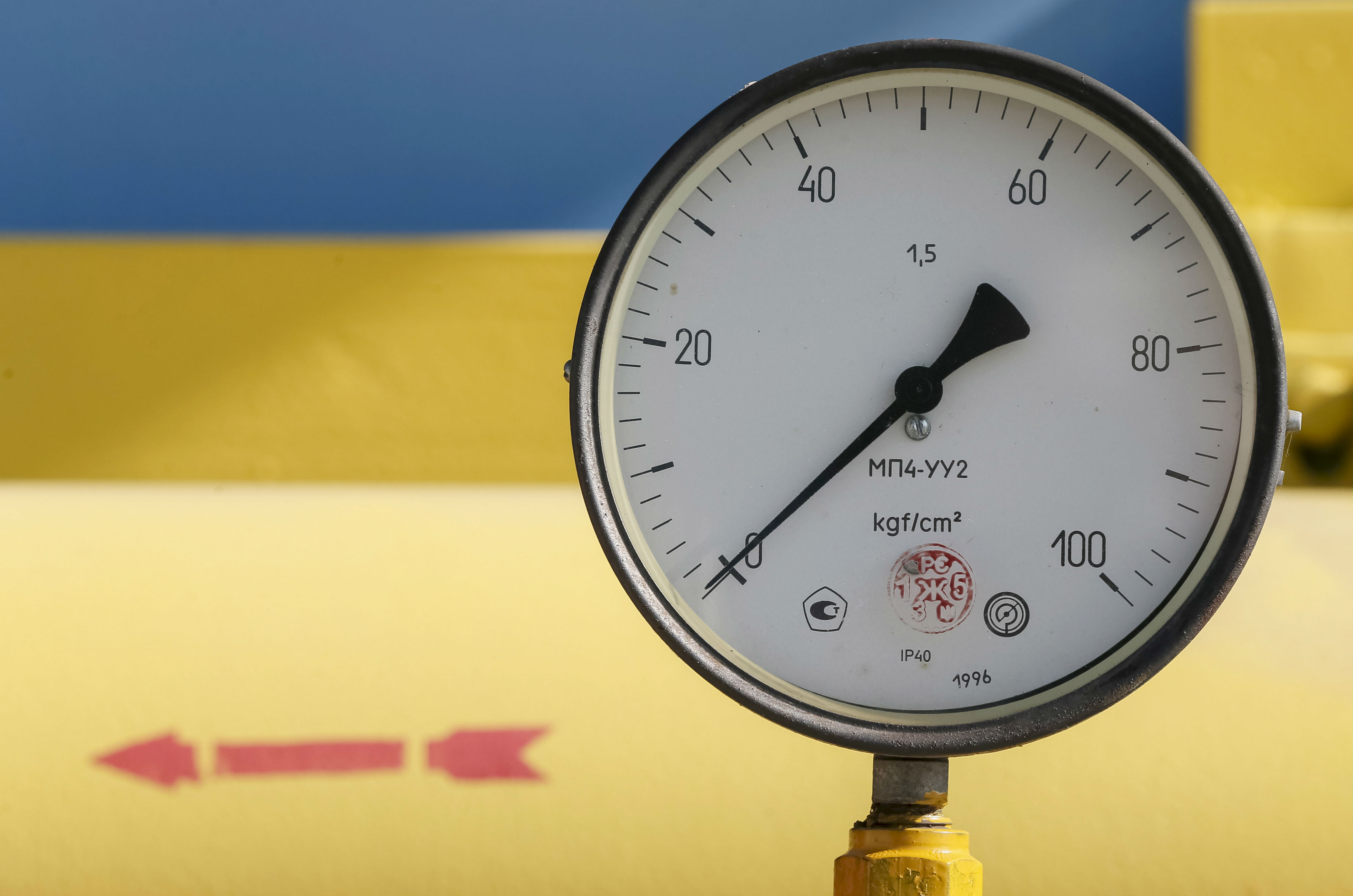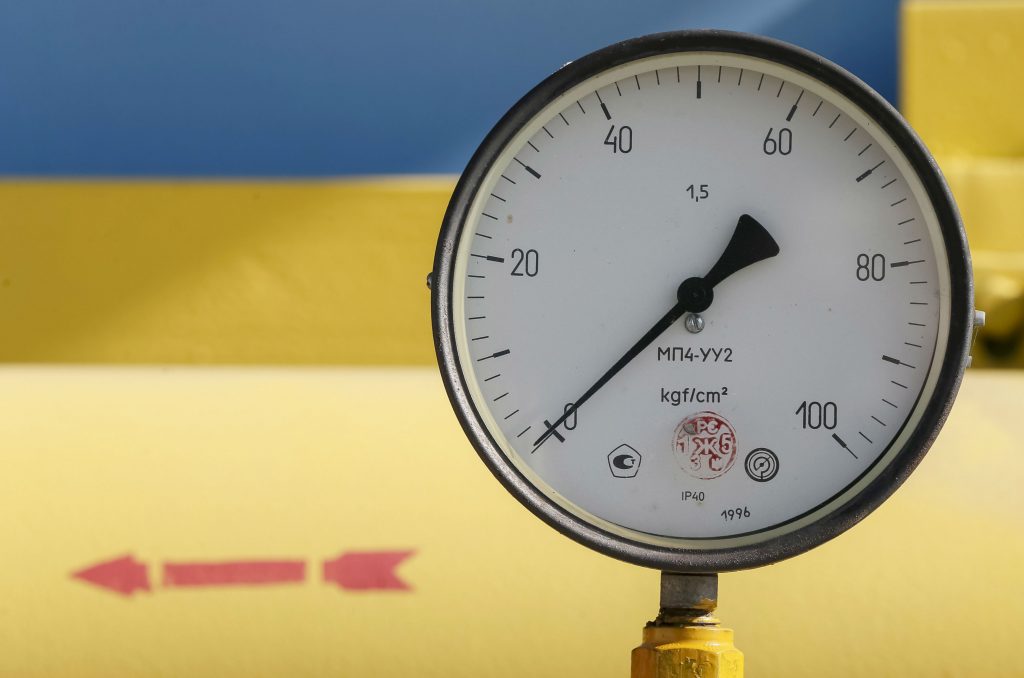
Ukraine’s Orthodox Church just broke with Moscow, and it’s time for us to move farther away from Russia in the energy sector as well. Even though it is an election year, Kyiv must deliver on the country’s two strategic priorities: increasing gas production in Ukraine and jointly operating Ukraine’s transmission system. After all, energy independence is a matter of sovereignty and national security for Ukraine.
Priority #1: Scale up domestic production. Market pricing is the first precondition in this realm, but we must enshrine it not just in law, but in practice. And for that we need all companies, global and local alike, playing by the rules when they produce and trade gas in Ukraine. Passing legislation is the first step, but a culture of transparency and fair competition will fail to take root unless the private sector shows leadership, and reputable international companies enter the Ukrainian market and bring along the best practices, the newest technologies, and solid corporate governance. This is the only sure way to lock in our legislative gains and deter politicians who might dare to reverse the rules and try to bring back energy subsidies for inefficient companies instead of vulnerable customers.
A new round of auctions for production licenses and production sharing agreements was recently announced. This is a big deal, to say the least. The State Geological Service of Ukraine released thirty onshore petroleum blocs for sale in online auctions at the public procurement platform ProZorro.Sale, which has been widely recognized as a major victory against corruption in government tenders. The concession blocs will be auctioned in a series of licensing rounds in a process that guarantees a new level of transparency and accountability. We welcome bids by global energy companies, and I’m personally convinced that a successful tendering of new permits will be a major stepping stone toward Ukraine’s energy independence, which is achievable within a decade.
This new approach promises to end the decades of non-transparent distribution of access to natural resources in Ukraine. We need more gas, more companies to compete with each other for the right to develop natural resources, and most important, new technologies to boost production. In total, Ukraine has opened the 2019 licensing rounds offering forty-two onshore blocs with acreage of nearly 12,000 square miles. More information can be viewed here: www.GOukraineNOW.com.
Another major opportunity lies in the redevelopment of legacy fields. The state-owned firm UGV had signed agreements with several leading oil field service companies—Schlumberger, Halliburton, and Baker Hughes—and it is seeking a further partnership for cooperation under the Production Enhancement Contracts (PEC) for development of its depleted mature brownfields and unconventional formations. The PEC tenders have already been launched by UGV, and the results are expected to be announced in March.
Priority #2: Joint operation of Ukraine’s gas transit system (GTS). Ukraine’s GTS is unique; it has 145 billion cubic meters of annual transportation capacity and 30 billion cubic meters of storage; in 2017, the Ukrainian gas transit system moved 94 billion cubic meters from east to west with plenty of spare capacity left. Importantly, in one transit corridor, Ukraine’s GTS is comprised of several pipelines. That allows for uninterrupted transmission even in the event of malfunction or routine maintenance. The additional advantage of the existing land infrastructure is that it is much easier to monitor performance and diagnose issues as opposed to undersea pipelines such as Nord Stream.
It is an irrefutable win-win for Europe and Ukraine to operate this vital geostrategic infrastructure together. The costs of transit could be lucrative for both suppliers and consumers of natural gas, especially with long-term contracts of ten or more years. The Kremlin, on the other hand, continues to push for Nord Stream II, a project that is designed to divide Europe and has been recognized even by Russia’s own analysts as commercially unsound. It is truly encouraging to see that the newly elected leader of Germany’s Christian Democratic Union (CDU), Annegret Kramp-Karrenbauer, has recognized the threat this pipeline poses to Europe’s security.
The current estimates for maintenance and investment needed for Ukraine’s GTS stand at the range of $100-300 million per year to ensure that the system can transmit up to 110 billion cubic meters of gas. The annual operating cash flows of several billion dollars easily cover these needs. To keep the Ukrainian system fully operational is to ensure it is sufficiently utilized and generates revenues.
The best way to secure Ukraine’s sovereignty, independence, and energy security is to integrate it fully into EU markets. Partnership with global energy companies is the antidote to Russian aggression toward Ukraine and its neighbors, where energy is often the weapon of choice.
Though I am a parliamentarian, 2019 should be a year of implementation rather than legislation. With elections looming, our international friends and partners—as well as all of us in Ukraine—should focus on locking in these reforms and leveraging the laws already on the books. A competitive energy market that utilizes many international players, new technologies, and best practices in corporate governance will be the best guarantee of Ukraine’s independence.
Olga Bielkova is a member of Ukraine’s parliament and sits on its energy committee. She tweets at @OlgaBielkova.
Image: A pressure gauge is seen at a gas compressor station and underground gas storage facility in the village of Mryn, north of Kyiv, Ukraine, October 15, 2015. REUTERS/Gleb Garanich

